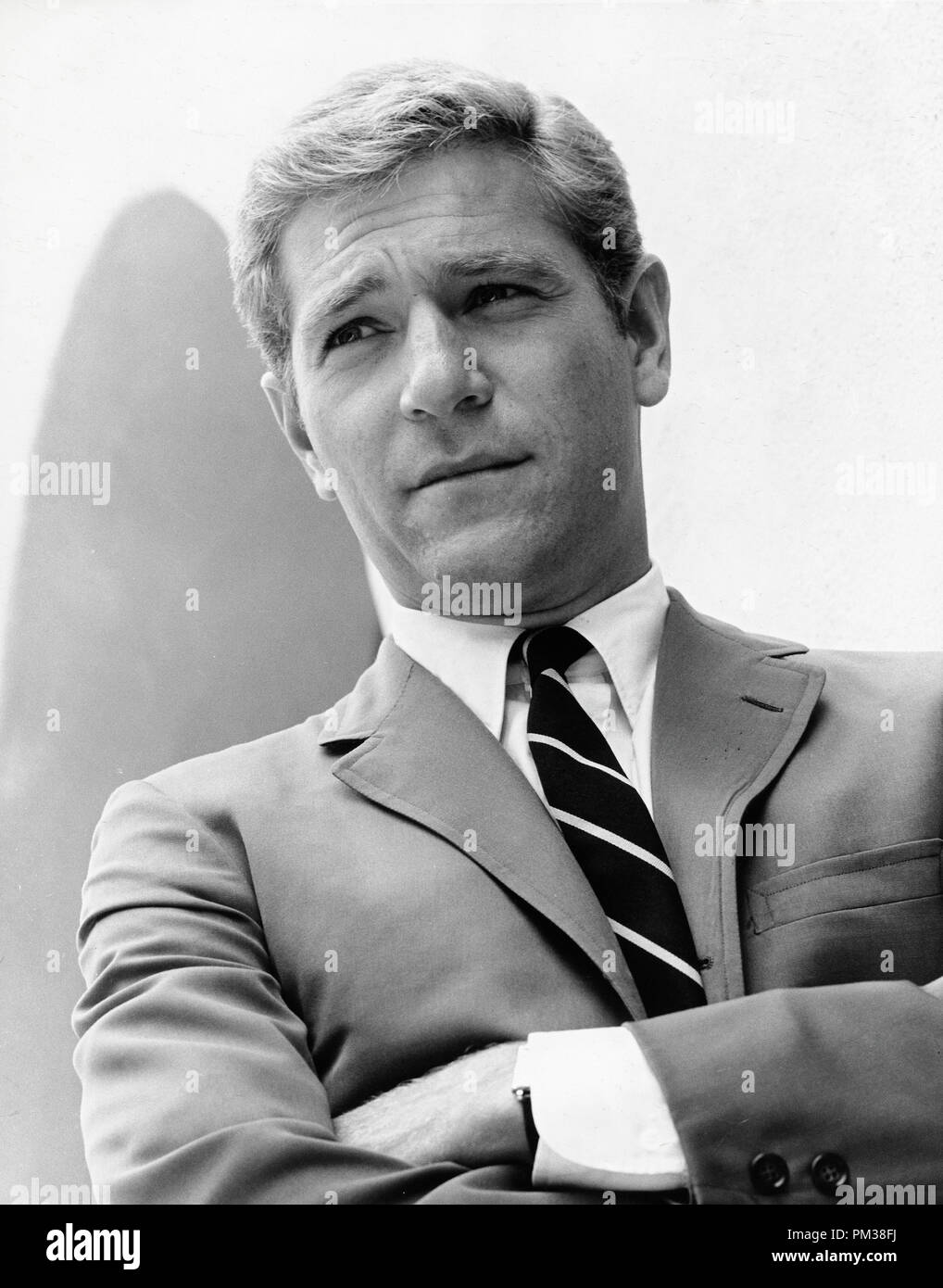George Segal, an iconic figure in both the art and entertainment worlds, left an indelible mark on American culture. Born in New York City on November 26, 1924, Segal initially pursued a career as a painter but eventually transitioned into acting, where his raw talent and versatility shone brightly. Over more than five decades, he became one of America’s most productive and talented leading men, starring in films like “Who’s Afraid of Virginia Woolf?” (1966) and television shows such as “The Goldbergs.”
The Early Years: A Journey from Art to Acting
Before becoming an actor, George Segal was deeply immersed in the world of visual arts. Like many young artists of the post-war generation, Segal's early work was influenced by Abstract Expressionism, revealing a bold use of color and form. However, it was during this period that Segal began exploring performance art, which ultimately led him to pursue acting full-time. His decision to keep his Jewish name and refuse cosmetic changes like a nose job set a precedent for future generations of actors, including Dustin Hoffman and Elliott Gould.
A Career Highlight: Who’s Afraid of Virginia Woolf?
Segal's breakout role came in Mike Nichols' critically acclaimed film “Who’s Afraid of Virginia Woolf?” (1966), where he played Nick, a young professor whose insecurities are laid bare through his interactions with Elizabeth Taylor and Richard Burton. This intense drama earned Segal an Academy Award nomination, cementing his status as a serious actor capable of handling complex, emotionally charged roles. Despite his success in dramatic films, Segal also excelled in comedy, showcasing his range and adaptability throughout his career.
From Stage to Screen: A Prolific Career
Segal made his stage debut in 1955 in a production of Molière's “Don Juan,” marking the beginning of a long and illustrious career. By the early 1960s, he had transitioned to film, appearing in projects like “The Young Doctors” (1961). Throughout the '60s and '70s, Segal worked tirelessly, taking on diverse roles in both cinema and theater. Some of his most memorable performances include those in “Where’s Poppa?” (1970), “The Owl and the Pussycat” (1970), and “A Touch of Class” (1973). Later in life, he embraced comedic roles, earning two Golden Globe nominations for his part in the TV series “Just Shoot Me!”
Legacy in Television: The Goldbergs
In his later years, George Segal found new audiences through his role as Albert Pops Solomon in the popular ABC sitcom “The Goldbergs.” Appearing in over 160 episodes, Segal brought warmth and humor to the screen, delighting fans with his quick wit and charm. When the show returned for its ninth season, it paid heartfelt tribute to the beloved cast member who had passed away earlier that year at the age of 87.
Exhibitions and Recognition: Honoring George Segal's Artistic Contributions
Beyond acting, Segal remained committed to his artistic roots. In recent years, museums have celebrated his contributions to sculpture and painting. For instance, the Madison Museum of Contemporary Art (MMoCA) hosted an exhibition titled “George Segal: Street Scenes,” featuring works that capture everyday life through hauntingly realistic plaster casts. Similarly, the Georgia Museum of Art presented “George Segal: Everyday Apparitions,” offering visitors a deeper understanding of his unique approach to capturing human experiences.
Two notable pieces from these exhibitions, “Young Woman in Doorway” and “Post No Bills,” exemplify Segal's ability to transform ordinary moments into profound statements about existence. These works, along with others gifted to the museum by the George and Helen Segal Foundation, allow audiences to engage with Segal's legacy beyond the confines of traditional media.
An Enduring Influence
Throughout his life, George Segal defied expectations, refusing to conform to Hollywood norms or compromise his identity. Whether breaking down barriers for Jewish actors or bringing depth to every character he portrayed, Segal remained steadfast in his convictions. As we reflect on his remarkable journey, it becomes clear that his impact extends far beyond the screen—touching the lives of countless individuals who admired his courage, creativity, and unwavering authenticity.
In remembering George Segal, we celebrate not only a gifted performer but also a trailblazer who redefined what it means to be a true artist. The world is undoubtedly richer because of his contributions, and his spirit continues to inspire aspiring actors and creators everywhere.

